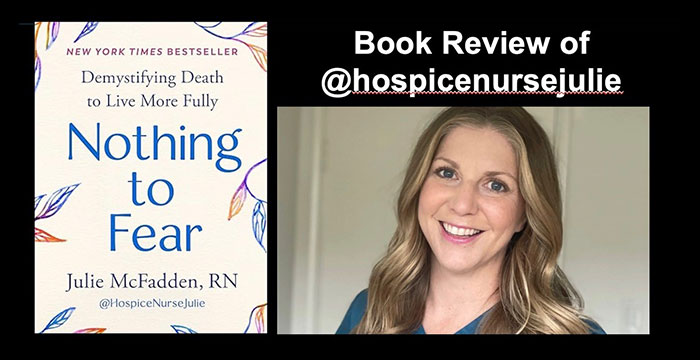
True confession: I have joined my 22-year-old daughter in binge-watching Grey’s Anatomy during the pandemic. Over 300 episodes viewed and counting. I now know about “10-blade,” “clear!” and the importance of declaring “time of death.” Also, I never knew there was so much romance and sex going on in hospital supply closets and on-call sleeping rooms. Now I know.
Grey’s Anatomy (currently in its seventeenth season) follows Dr. Meredith Grey and her fellow surgeons at a Seattle teaching hospital. She started out as a young, single intern and is now a widowed mother of three small children as well as the chief of general surgery. The show is very engaging, depicting extremely dedicated and hard-working doctors. Most are compassionate, empathetic and caring.
CPR is on TV…but it is not realistic
A staple of medical dramas is the “code.” A heart monitor starts beeping loudly, a doctor starts chest compressions, another grabs the paddles of a defibrillator and yells, “Clear!” Sometimes the first shock gets the heart back in rhythm but most often it takes a couple.
While it seems like all of the cardiac arrests on Grey’s are with a “shockable rhythm.” In real life only about 10% of cardiac arrests are shockable. Medical journals have exposed the unrealistic depiction of CPR on medical dramas.
Why dedicate medical research to the topic? The general public develops a distorted view of the success of the procedure. In 1996, the New England Journal of Medicine looked at CPR on Rescue 911, Chicago Hope and E.R. and found survival rates vastly higher than the actual 17%. On Rescue 911, 100% of those receiving CPR survived.
In 2015 the journal Resuscitation calculated the CPR survival-to-discharge success rate at 50% for House and Grey’s Anatomy. That doesn’t happen in real life. But if 83% of the CPR patients died on TV, not many people would watch it and the sponsors would probably complain.
I have written before about the futility of CPR for large categories of patients. In the years between the fifth (2009) and sixth (2016) editions of Hard Choices for Loving People, the survival rate inched up from 15% to 17%. It is not that the procedure has gotten better. The clinicians are getting better at advising patients and families about who will NOT benefit from CPR. Survival rates have improved because we are doing LESS CPR.
DNR is a big deal
Occasionally on Grey’s, the characters discuss “code status” — whether a patient should have a Do Not Resuscitate (DNR) order. (See my blog on my preference for AND — Allow Natural Death.)
On the show, it’s the patient who is often ready for the docs to write the order so they can have a peaceful death. The family — or even the physicians — sometimes resist. In my experience, this is very realistic. Real-life patients usually come to the conclusion that they are dying before their families or doctors. Their own bodies tell them it is time. This is information others do not have.
The DNR is a big deal. It serves as a sign that it is time to prepare for a comfortable and dignified death. And, on this, I do give Grey’s credit for getting it right.





